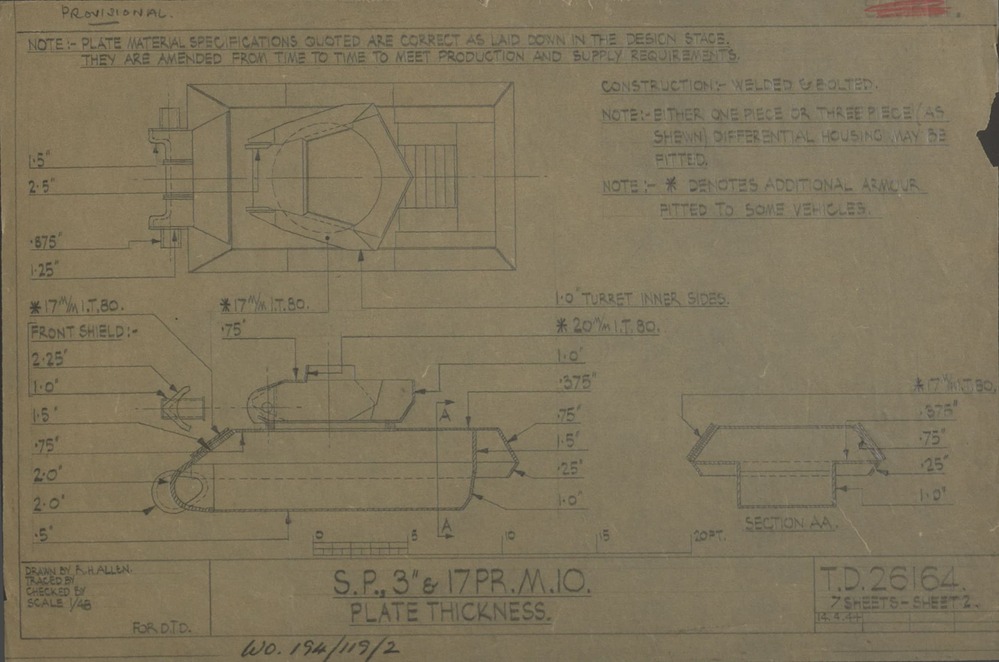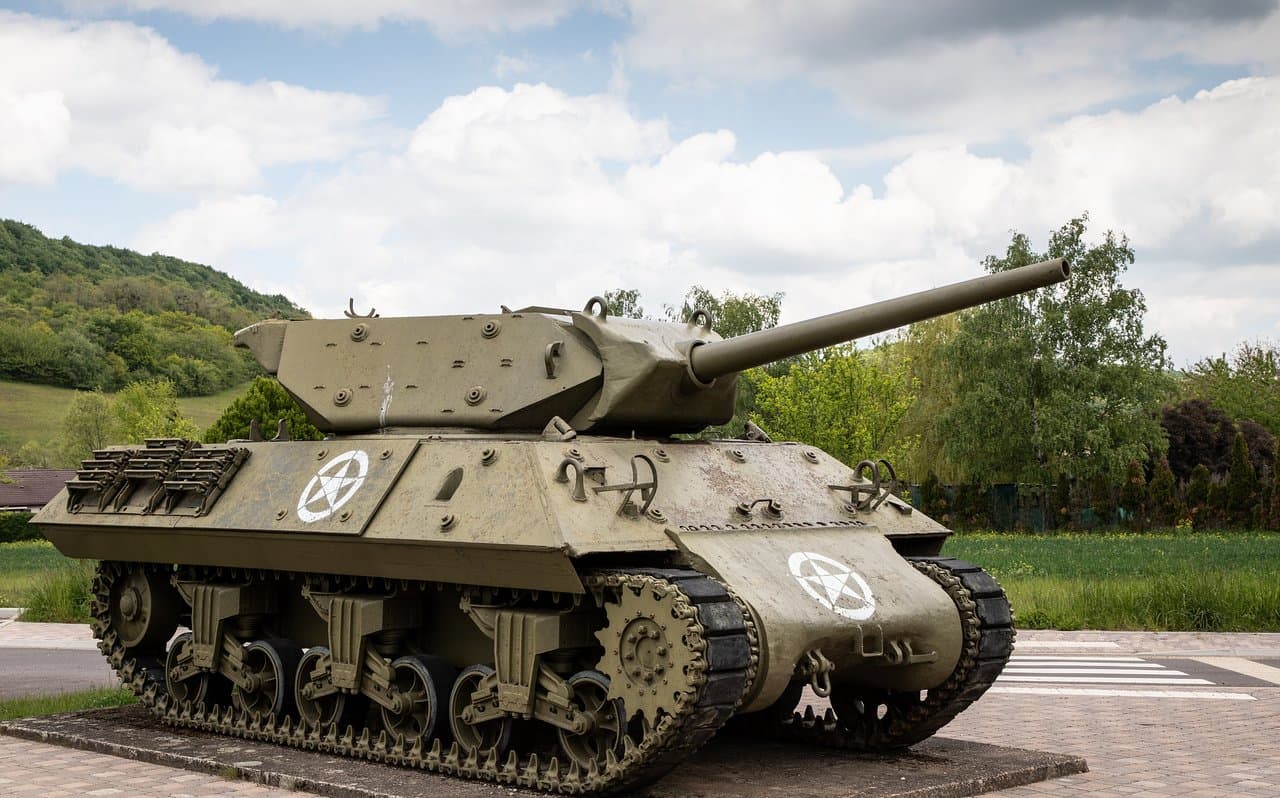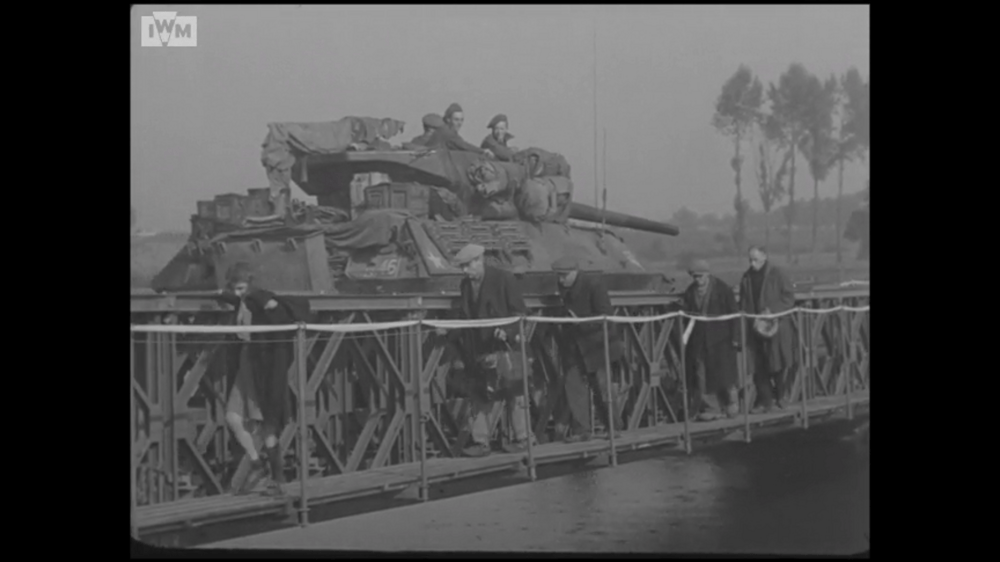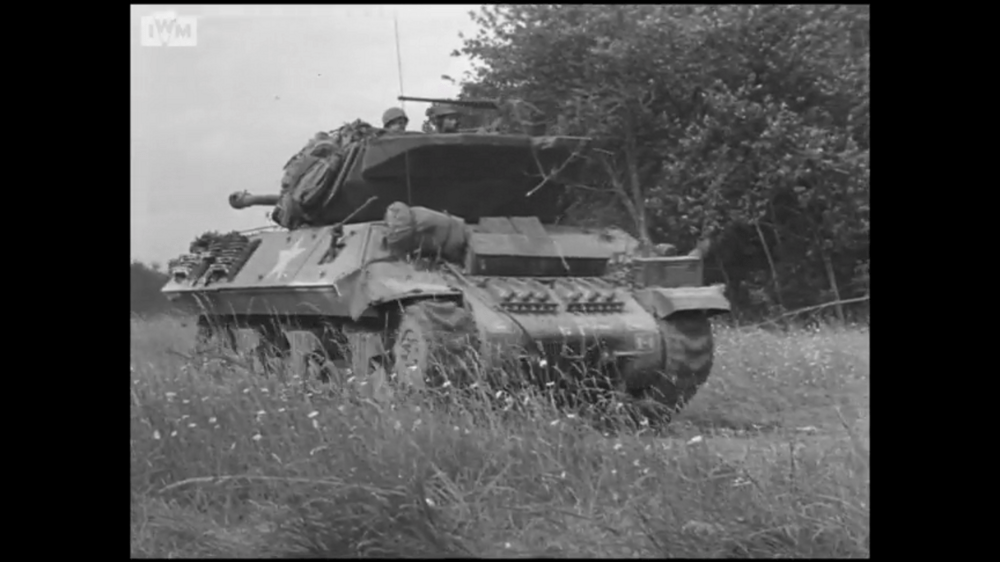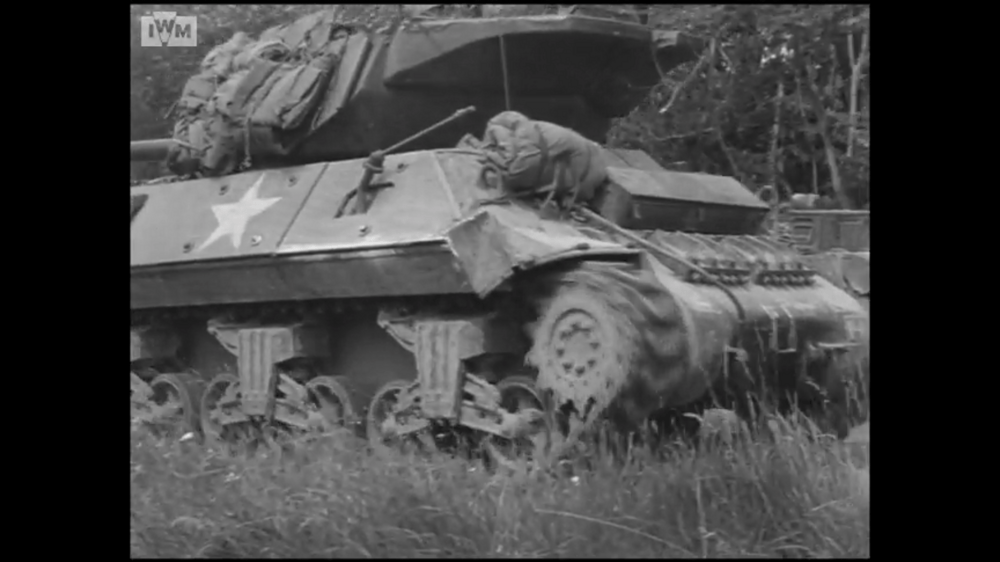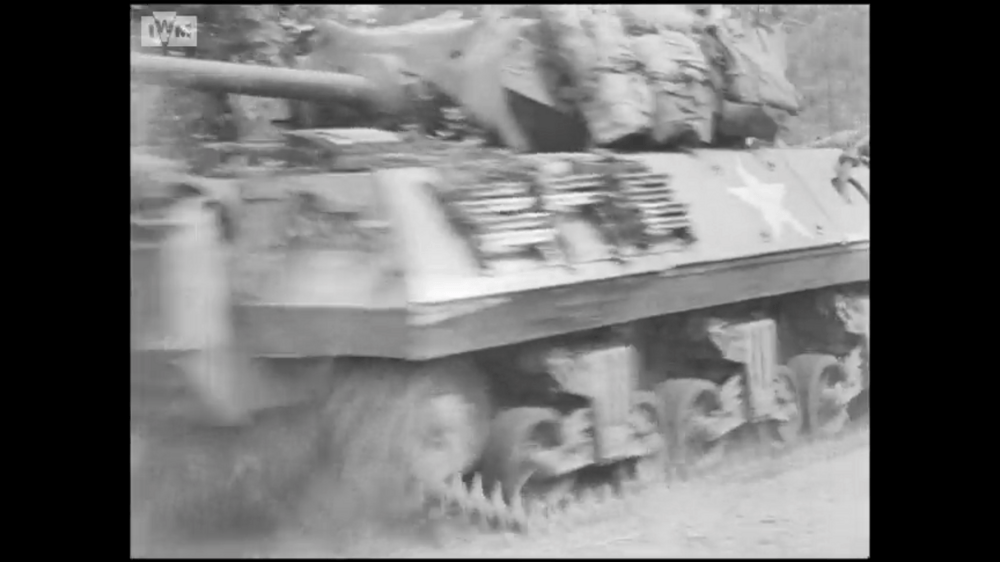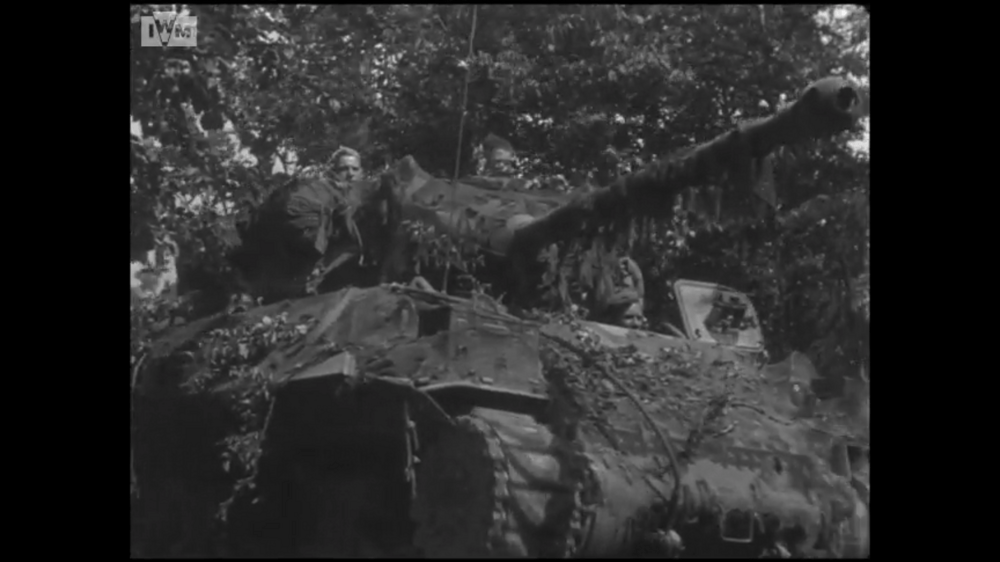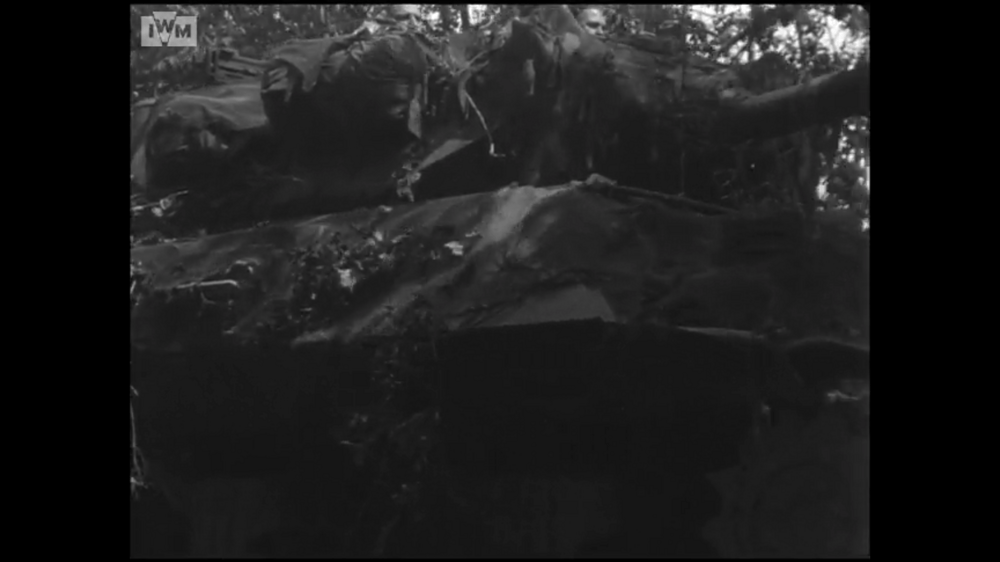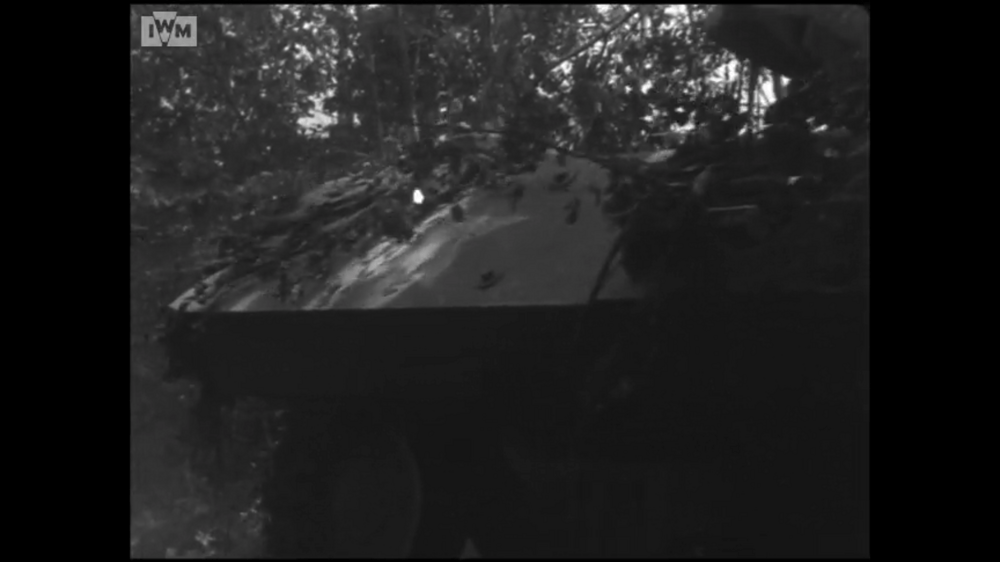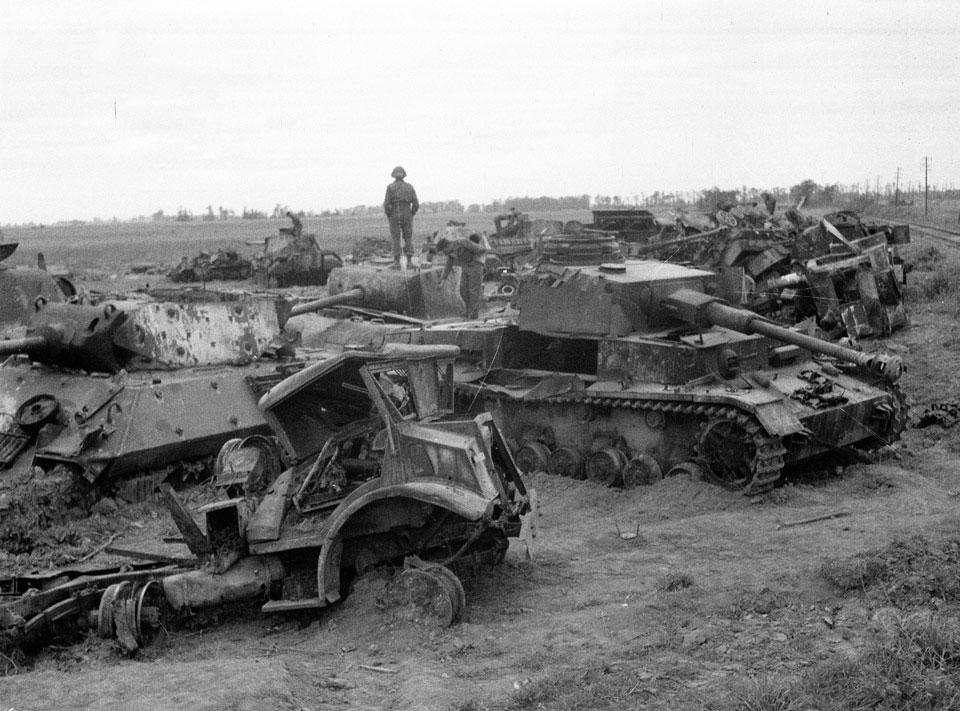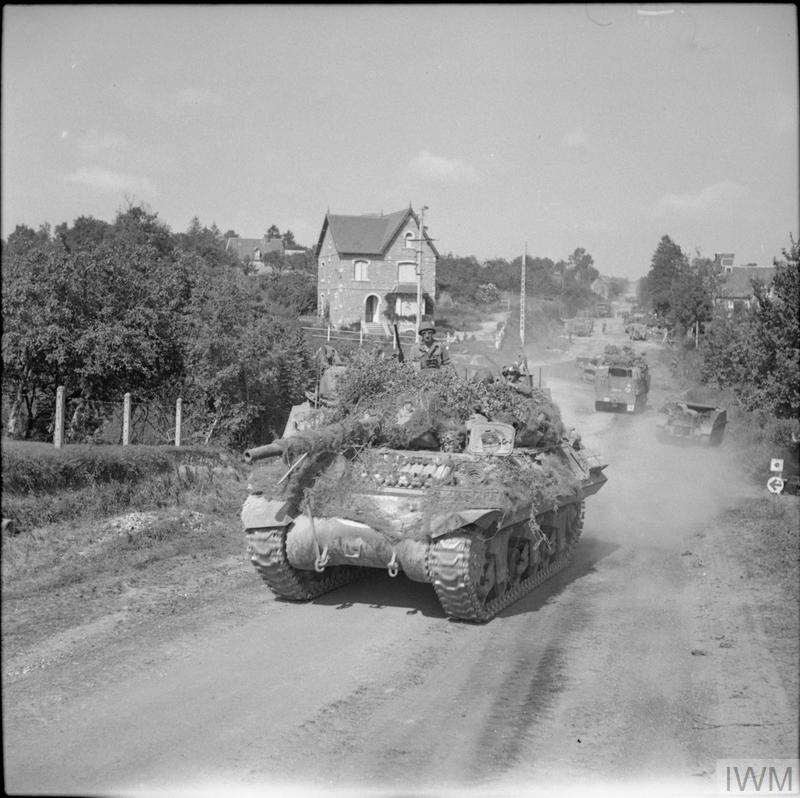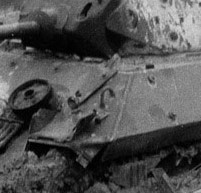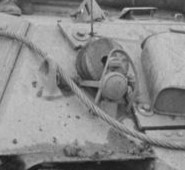- Yes
- No
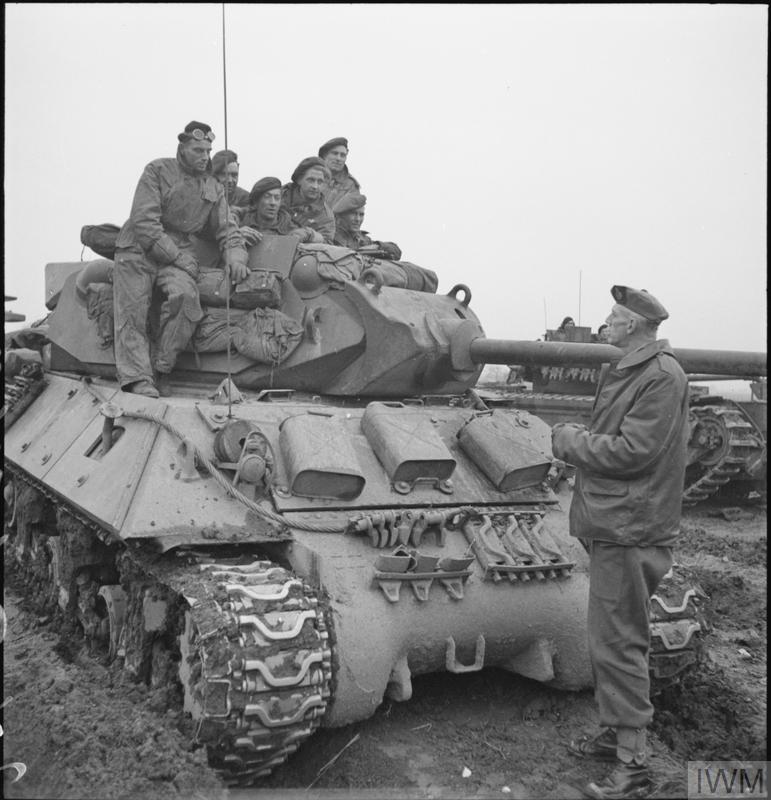
Major-General C M Barber, GOC of 15th (Scottish) Division in conversation with the crew of an Achilles 17-pdr tank destroyer near Goch, 20 February 1945. - IWM (B 14769)
This suggestion is to have another 17pdr Achilles added to the British tree but fitted with the relatively rare applique armour kit which added additional armour plates onto the hull front and sides, and the sides of the turret, improving its survivability.
While I firmly believe that the 3-inch SP should be added to the British tree, and there’s clearly evidence of them also receiving the applique armour, I have chosen the 17pdr SP as the base vehicle because it’s better suited to uptiers and is unique to the British tree.
History
When the M10 was still in its prototype phase, the US Army were choosing between the T35 and the T35E1. By mid 1942 the T35E1 was selected but a number of changes were made which included reducing the thickness of the armour. Concerns were raised about survivability and so the bosses/studs were added onto the hull front and sides, and the turret sides, for the fitting of applique armour plates. In July 1943, the bosses on the hull and turret sides stopped being fitted but those on the hull front were retained.
These applique plates were 14mm thick and added approximately 1 ton to the vehicle’s weight so the armour kit was not heavy enough to significantly affect the M10s performance but it would’ve been slightly reduced.

It seems that these applique kits were not intended to be a mass produced thing fitted to every M10 and instead were meant to be fitted only for special purposes and then removed again once the vehicle had returned from combat.
There’s conflicting information as to whether American M10s were issued any of their kits and even whether or not any of their kits were even produced. Photos exist of US M10s fitted with applique armour though, through my short time researching them, these appear to be unit-created field upgrades rather than factory-produced kits.
British Kits
In Britain, there were talks as early as mid-1943 for designing and producing their own version of an applique armour kit for their M10s and, once the design had been chosen, provisions were made for 170 sets to be produced, though how many were produced exactly is unknown.
It’s also possible that extra frontal plates were produced given that those M10s built without the side bosses could not receive the full kit.

Thanks to @Jarms for sharing this scan of the T.D. showing the plate thicknesses of the M10 including the applique kit.
Compared to Berg’s original design, the plates were now 17mm thick. The hull side plates, which still consisted of three pieces, now followed the shape of the upper hull to provide full coverage.
The gap between the plates and base armour was also 17mm and the plates on the front corners of the hull had an extra piece of metal welded on to fill this gap and prevent projectiles from going between them.
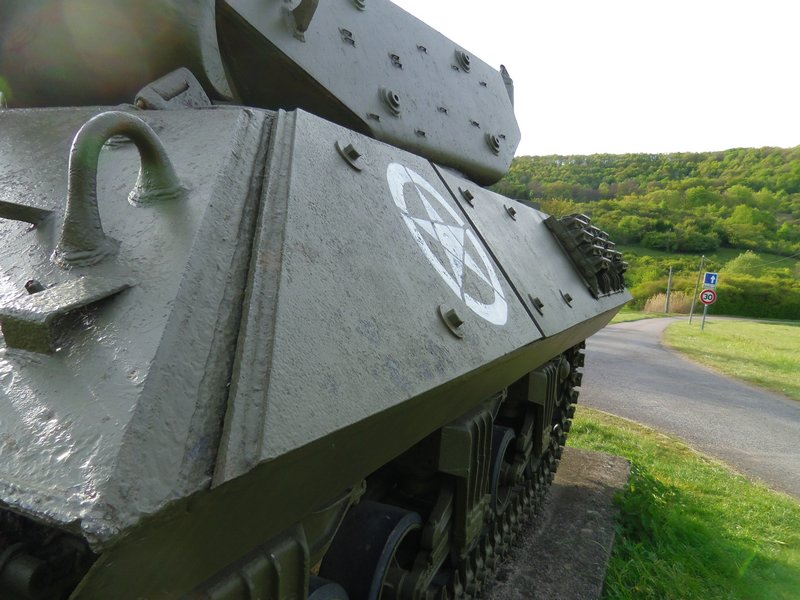
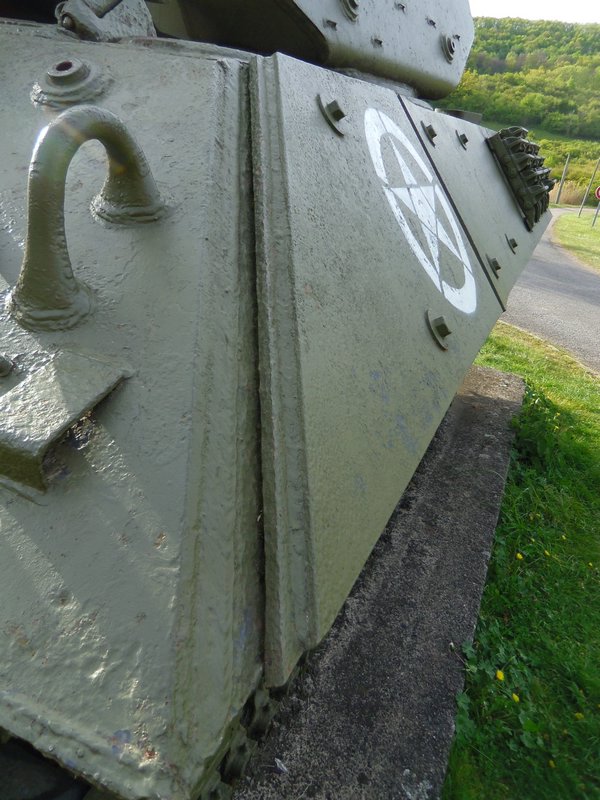

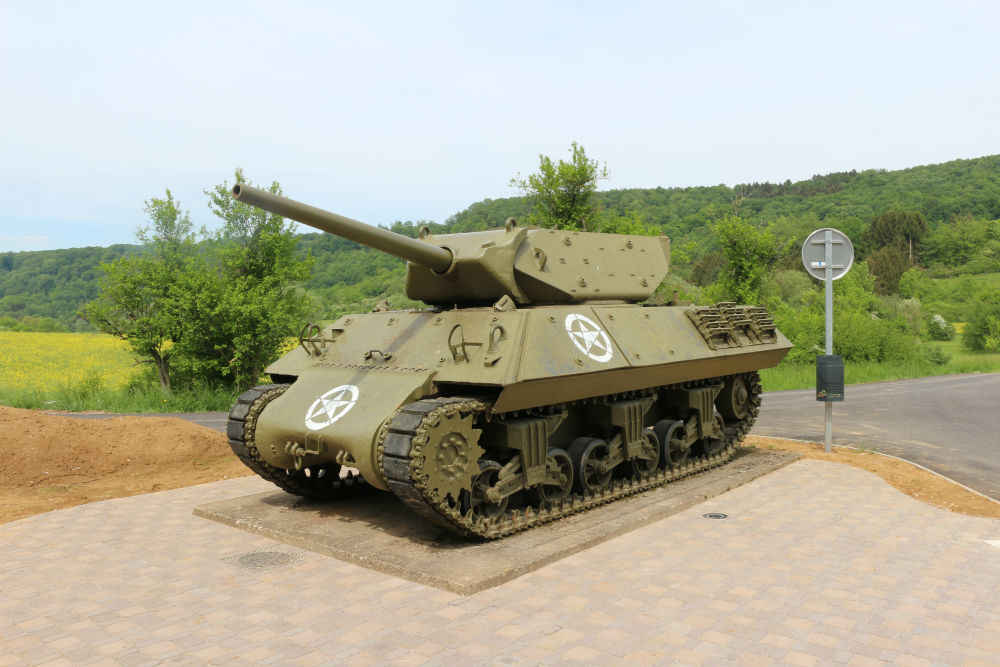
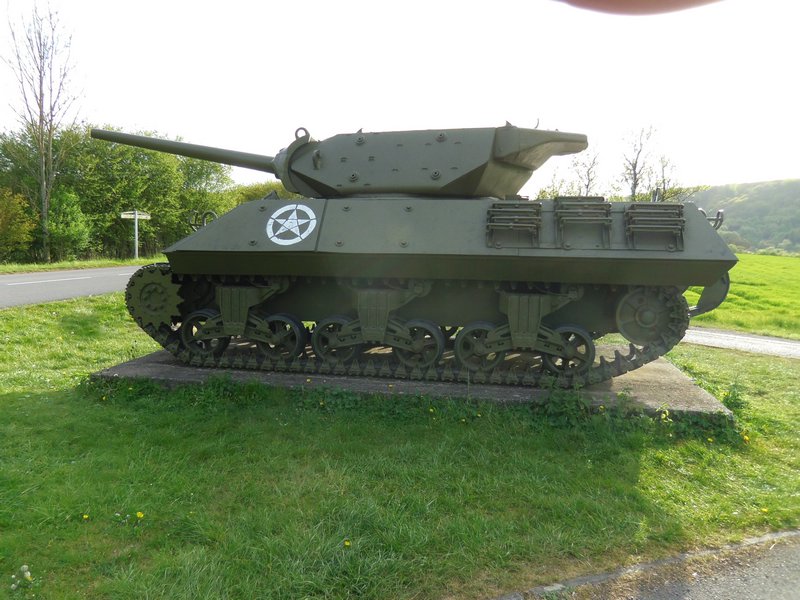
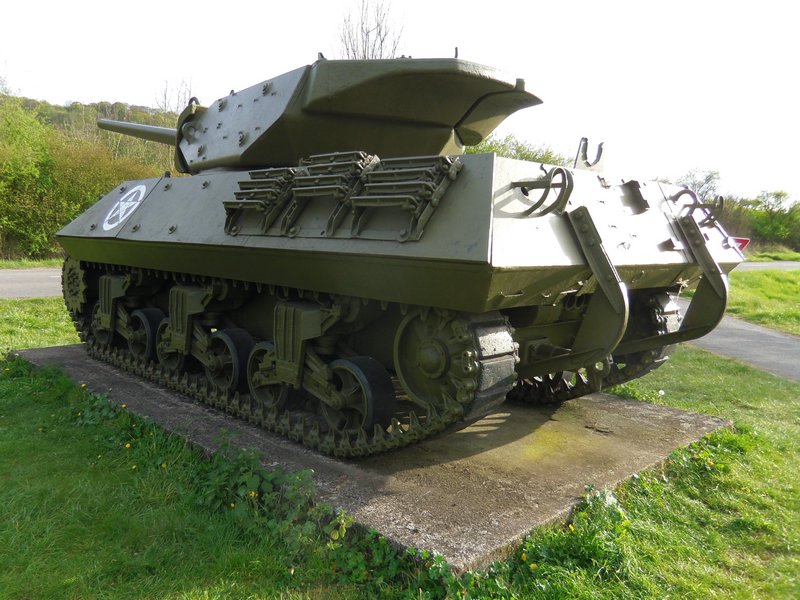
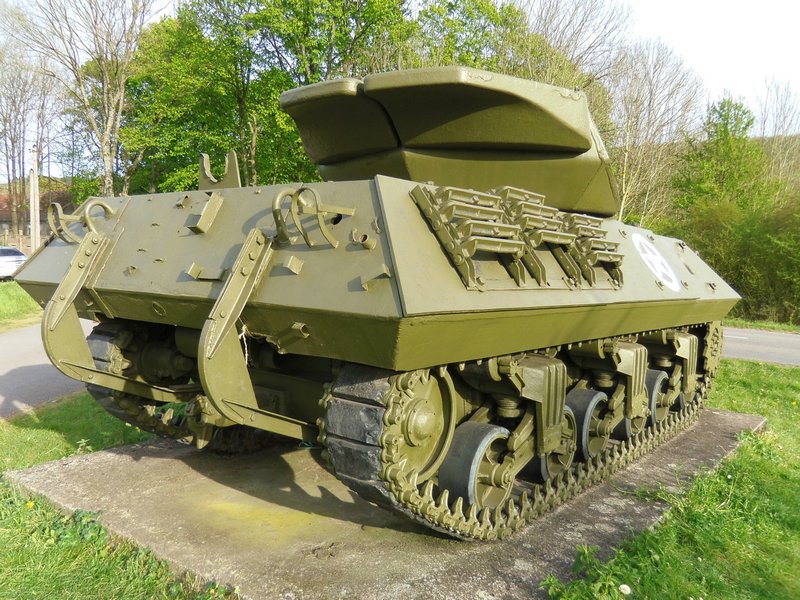
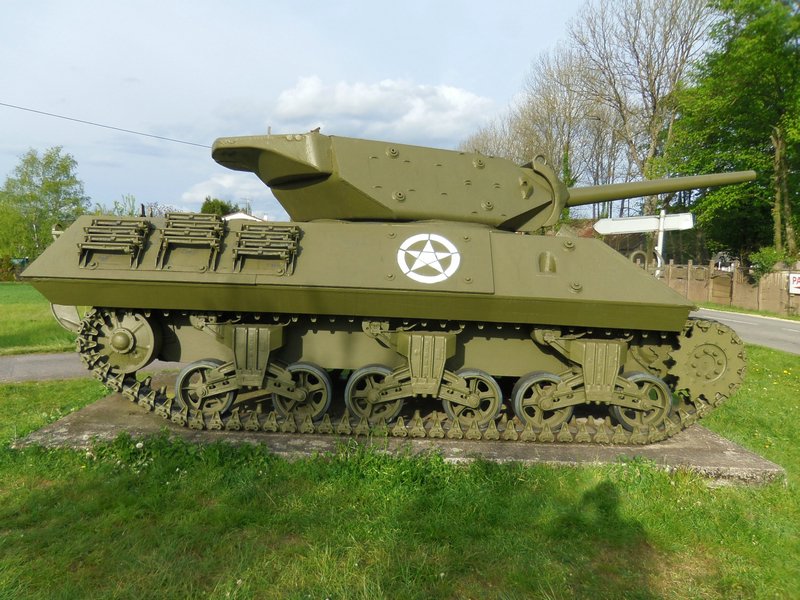
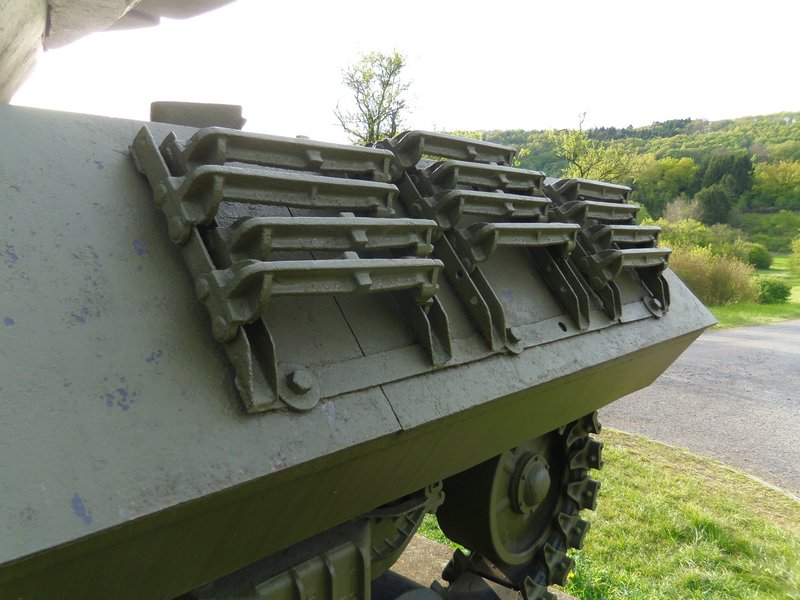
M10 on display at Veckring, France still partially fitted with its applique kit.
The kits were certainly quite rare and identifying M10s with them fitted is rather difficult considering how many are covered in camouflage, spare tracks, and other stowage, not to mention that those without the side bosses could still be fitted with the frontal plate. Despite this, I think there’s enough evidence of the applique armour to warrant this vehicle’s addition regardless.
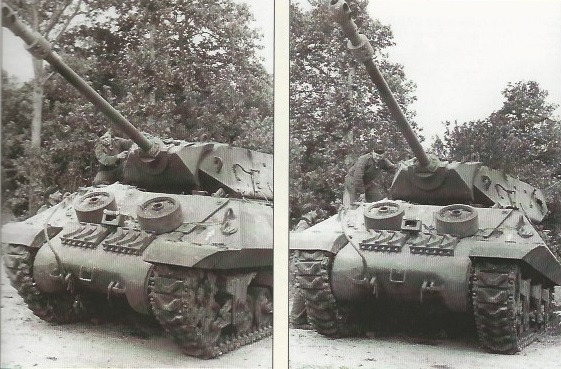
17pdr SP ‘Chelsea’ of C Troop, 245 Battery, 62nd Anti-Tank Regiment, I Corps being examined by Germans after being knocked out southeast of Escoville. As this was converted from a later M10 it only has the means of fitting an applique plate on the hull front.
In-game
One reason I have suggested this as a separate vehicle, and not as a modification to the current Achilles IIC, is that the M10 and the IIC, despite having relatively thin armour, can be surprisingly tough to kill at times thanks to the sloping of the armour (as well as any additional angling created by the player’s movement/positioning) and lower calibre guns, especially in 2.3 matches, can sometimes struggle against them.
Another reason is that the IIC already gets an add-on armour modification which adds a few strips of spare track and grousers. However, the applique kit consists of actual armour plating which would be much more effective than just some extra track. I think that this, combined with how much of the vehicle it covers, would make it a bit too tough at 3.3 for what is usually meant to be a long-range sniper.
As such, I’d like to suggest that it be added at 3.7 to bridge the gap between the current Achilles IIC at 3.3 and the M44 at 4.0 and help fill out the 3.7 line-up.
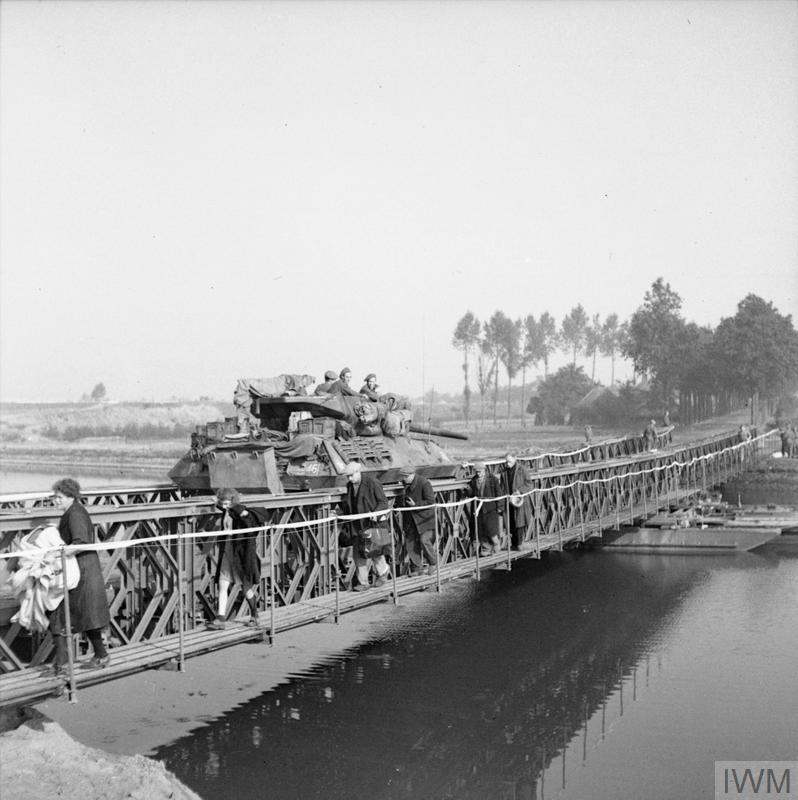
A 3-inch SP of 102nd Anti-Tank Regiment RA, heads across a Bailey Bridge spanning the Albert Canal near Het Punt. IWM (BU 842) / IWM (A70 156-4)
Specifications
Crew - 5
Weight - 30.5t approximately
Length - 19’-7”
Width - 10’
Height - 9’-6” (including .50cal)
Engine - Detroit Diesel 6046 twin-diesel (410hp)
Max speed - 25.6mph (41km/h) - Possibly reduced due to extra weight of armour though likely negligible.
Armament
ROQF 17-Pounder Mk. V
12.7mm M2HB
Max elevation/depression - +30/-10
Ammunition
50 shells
400 .50cal rounds
Figures taken from War Thunder Wiki
Armor penetration (mm) at a distance:
10m / 100m / 500m / 1000m / 1500m / 2000m
Shot Mk.6 - AP: 171 / 168 / 155 / 139 / 126 / 113
Shot Mk.4 - APC: 171 / 168 / 155 / 139 / 126 / 113
Shot Mk.8 - APCBC: 190 / 187 / 172 / 155 / 140 / 126
Shell Mk.1 - HE
17pdr Shell SS Mk.1 - Smoke
Armour
Upper Hull - 38.1mm + 17mm applique plate covering most of the surface
Lower Hull Nose - 50.8mm
Hull Sides Upper - 19.05mm + 17mm applique plates
Hull Sides Lower - 25.4mm
Hull Rear Upper - 19.05mm
Hull Rear Lower - 25.4mm
Hull Roof - 19.05mm
Engine Deck - 9.53mm
Mantlet - 63.5mm
Turret Sides - 25.4mm + 17mm applique plates
Turret Rear - 25.4mm
Turret Roof (Partial covering) - 19.05mm
Additional Images
IWM (A70 58-2)
IWM (A70 107-7)
Sources
British Battle Tanks: American-Made World War II Tanks - David Fletcher & Steven J. Zaloga
Tank Destroyer Achilles and M10 - British Army Anti-Tank Units Western Europe 1944-1945 - Dennis Oliver
https://www.youtube.com/watch?v=icR4UKOLr5A - Tank Chats #137 | Achilles | The Tank Museum
M10 tank destroyer - Wikipedia
M10 Achilles Chelsea – Mike's Research
M10 Wolverine Tank Destroyer, Veckring
